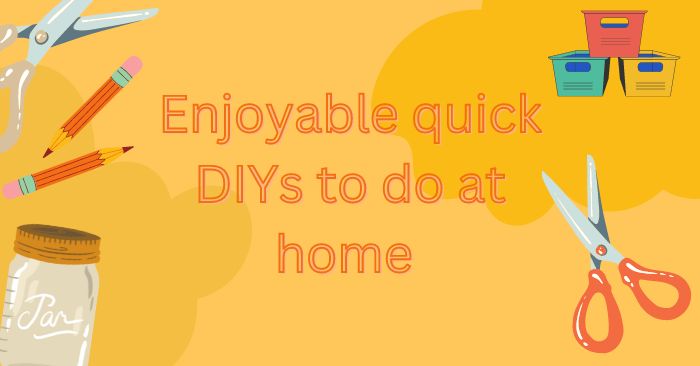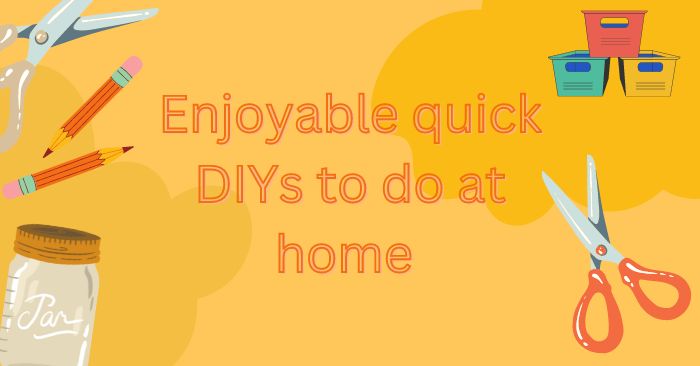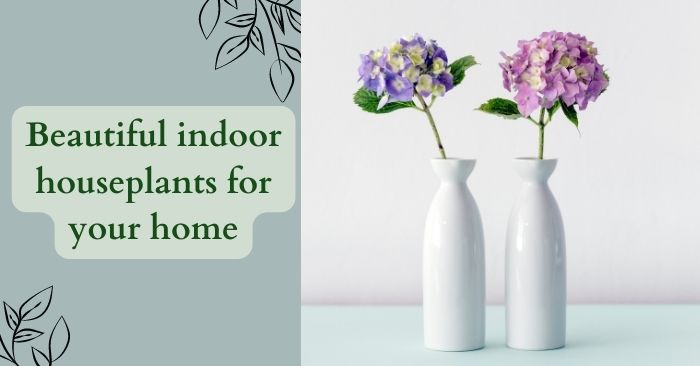How to realistically manage your home selling expectations


Deciding to list your home on the real estate market is a huge decision, and for many it’s easy to get swept away by all the motion and turbulence accompanying the journey. However, by setting realistic goals and expectations, you can streamline the home selling process.
Understand the housing market
You may own a beautiful home, but even a top-notch residence may be difficult to sell depending on the housing market’s conditions. By allocating time and working with a real estate agent to study the real estate market, you can differentiate a buyer’s market from a seller’s market.
In a buyer’s market, there’s typically an abundance of homes and a shortage of buyers. Therefore, sellers may need to price their houses competitively to raise interest from buyers.
Comparatively, in a seller’s market, there’s usually an abundance of buyers and a shortage of homes. This means a seller probably won’t have to wait long to receive purchase offers to purchase after listing their residence.
To distinguish a buyer’s market from a seller’s market, examine the prices of recently sold homes in your area and find out how long these properties were listed before being sold. This information enables you to review the level of interest in properties in your city or town and can help you list accordingly.
Know your home’s strengths & weaknesses
Even though your home may hold personal value, it’s still important to seek professional examination to determine areas in need of improvement.
During a home inspection, a property expert examines a residence both inside and out. This may include the structure of the home, windows and doors, the HVAC system and more. Then, once finished, they can provide a detailed report. With this information, you can make needed repairs and price your home fairly.
Collaborate with a real estate agent
A real estate agent can provide their expertise and help you in examining the market, understanding where your home falls as a listing, and can help you nail down a timeline to keep your home selling journey on track.
With the help of a real estate professional and in-depth examination of your home and local market, you can set realistic expectations to get your home sold smoothly.
Quick DIYs to do at home


Do you have extra materials and trinkets lying around the house? Some items can easily pile up over time and leave your space feeling cramped or messy. Luckily, these pieces can be repurposed to help you reduce clutter while adding a creative touch to your home decor.
Use random items from around the house
Extra Mason jars are perfect for storing a plethora of things around the house. For instance, if you dabble in jewelry making or other hobbies with tiny components, you can put them into jars for safekeeping.
Glass jars are also great for home decor. With just a few craft supplies, you can decorate the jars to your liking. Within just a few minutes, you can paint your jars vibrant shades to match seasonal decorum.
Craft useful decor with recyclables
After special occasions and gift giving, there’s usually a fair amount of wrapping paper leftover. Rather than throw it all away, consider repurposing it as scrapbook paper to store pictures and warm memories.
You can glue this paper to the cover of your scrapbook and add beads and ribbons with hot glue. This DIY project allows you to really personalize your existing items while recycling would-be waste products.
Use craft scraps to upgrade your crafting area’s decor
Consider using leftover ribbon and stickers to decorate bins and other storage areas. For example, you can use letter stickers to label your bins.
If you have plastic storage drawers, you can decorate them with stickers fitting the theme of what’s being stored. If the drawer is being used for hair products, you could use stickers with spray bottles, hair pins and blow-dryer images.
Upcycle with 3D prints
3D printers are the way of the future, and they can help bring new life to items of the past. For example, you can use a 3D printer to replace missing or broken pieces from all kinds of objects. This may include old kitchen jars and storage containers.
Remember, DIY projects don’t have to be expensive or extremely intricate to add a meaningful, personal touch to your home decor. A few supplies and a little imagination goes a long way.


 Facebook
Facebook
 X
X
 Pinterest
Pinterest
 Copy Link
Copy Link
















